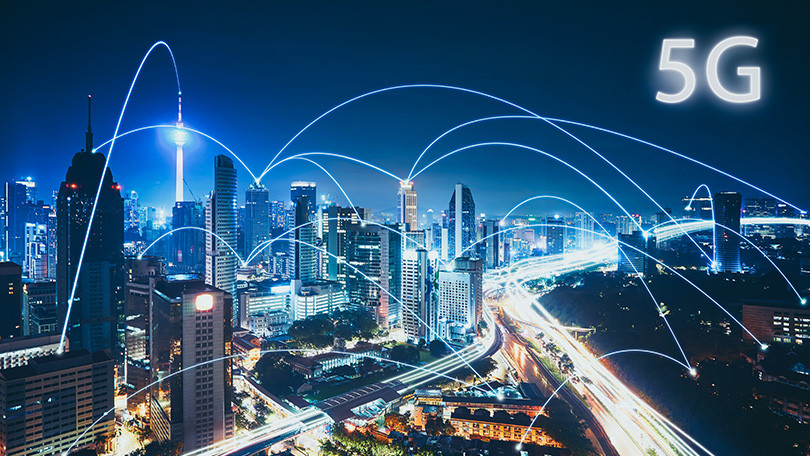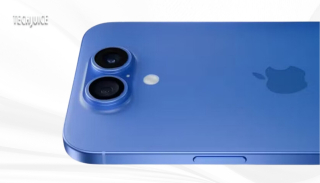5G is all the rage nowadays, and rightly so; it has the potential to revolutionize our lives, and every major smartphone manufacturer is eager to enable its flagship devices with the cellular network technology. Furthermore, the news that Pakistan itself is going to experience 5G soon has added to the hype.
However, contrary to popular belief, it is simply not worth getting a 5G device right now. Here are a few reasons why you should set your savings aside for the moment and consider investing in that flashy 5G smartphone in the future.
Limited coverage
While 5G networks have been well and truly imposed in the USA and South Korea, it appears that tapping into those networks is not as smooth as you might think. For instance, AT&T and Verizon have spent quite a lot of resources in the development of superhigh frequency waves to bring high speeds and capacity in 5G networks, but it comes at the cost of disappointingly limited range.
In fact, the nascent networks hardly cover a couple blocks in the cities in which they have been deployed so far. This is backed up by a statement that CTO AT&T Andre Fuetsch gave earlier this year, in which he said, “They [5G networks] are small pockets in the cities. We haven’t disclosed them publicly.”
Therefore, even if you happen to experience the promised speeds of up to 1 Gbps, chances are it’ll be a rare occurrence throughout the city for now. What companies and governments need to focus on is to invest in carriers that can cover as large an area as possible in order to make 5G truly useful.
5G phones are expensive
This is hardly surprising, considering that 5G phones launched so far have been crossing the $1,000 mark for the most part. That’s because the technology has only been incorporated in flagship smartphones by the respective companies so far.
We will have to wait for the introduction of better technology like Qualcomm’s new integrated Snapdragon 5G processor before we can see 5G in less expensive smartphones as well. As Qualcomm President Cristiano Amon said, “We’re trying to get to 5G not just to that flagship tier but to other tiers as fast as we can.”
Until that happens, unless you have a lot of spare cash, you will have to be patient.
It’s not universally compatible
Even though everyone is using the same cellular technology, not everyone is relying on the same carrier. Each carrier employs different bands of spectrum; all 5G phones incorporating the Qualcomm X50 modem will have to rely on one carrier, while 5G phones with Verizon will be tied to a different carrier.
Therefore, we need to wait for a time when 5G can be just like 4G LTE nowadays; usable on any carrier and running on all major spectrum bands.
No obvious 5G-specific application yet
This might seem counterintuitive, given the touted benefits of 5G, but it is worth noting that there isn’t any application in sight that would particularly benefit from the introduction of 5G. Smoother gameplay, video streaming and online communication can already be achieved on 4G; consumers are not going to pay more just to have 5G do the same thing in a marginally better way.
It is wiser to wait for a time when applications that take advantage of 5G’s improved bandwidth will become commonplace. For instance, syncing up with your self-driving car is something you’d only be able to achieve with 5G. However, for now, 4G will do just fine for all of your daily needs.
In essence, while 5G is certainly set to radically improve our lives, tapping into it right away is not the best of decisions. You would do well to wait for the day when owning a 5G device will justify its cost and impressive features.












